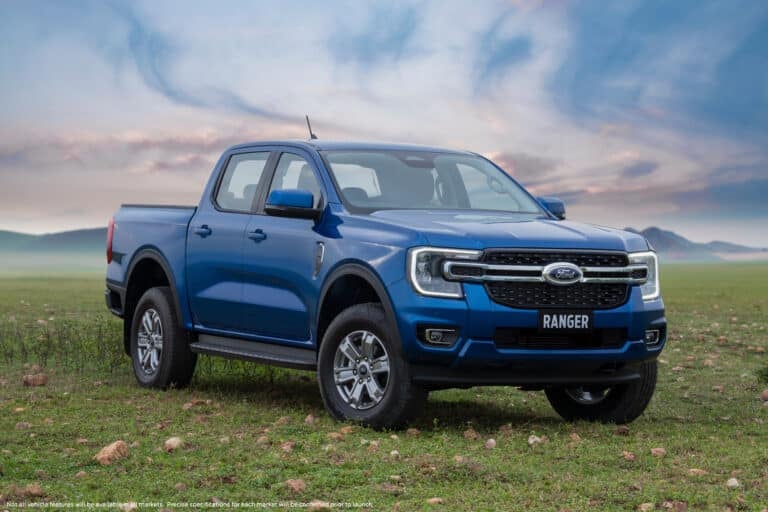Some small tweaks have made big changes to Nissan
Nissan made a bold move to ditch leaf springs in favour of coils back in 2015, but it hasn’t exactly worked out swimmingly for the company. Although the ride and dynamics were improved, the ability to haul and tow definitely suffered. After two years, Nissan has now been able to identify and address the problem. So, what has changed?
The Rear Springs
Trying to have their cake and eat it too, the Navara now has a dual-rate coil spring, which starts softer and finishes stiffer than the old one. So that means the Navara maintains a smooth on-road ride (with a tiny bit of ute jiggle) but doesn’t hit the bumpstops quite so quickly any more. Along with some redesigned dampers from the MkII updates last year, it’s a solid overall improvement. It rides firmer, but not uncomfortably so. It has a lot more feel and poise and can actually work well as a ute now.
The Steering Ratio
Going from the old 21.5:1 to 19:1, the steering ratio is noticeably faster. Importantly, this makes it feel much meatier and more precise. I honestly thought they stiffened up the front springs as well, such is the improvement. A soft rear, combined with this light steering, was a disastrous combination when loaded at speed. Nowadays, you get good feedback through the steering wheel, which doesn’t disappear with a big load on the back.
What About The Driveline?
There is still the same twin-turbo 2.3-litre diesel, making a tidy 140kW and 450Nm. This runs through a seven-speed automatic gearbox and a part-time 4X4 system, and gives you a great combination of power, composure and efficiency. The low-rev and high-rev turbos work well together, meaning the motor doesn’t need wholesale revs for good progress. It’s a great set-up, better now the suspension can keep up with it.
What About Towing?
We drove the Navara in three formats: unloaded, towing 1600kg, and with 650kg in the tray. When loaded, you can definitely feel the rear spring kick into beast mode, and it does a good job of dynamically controlling those weights.
It’s worth noting though that the Navara still suffers from the towball penalty that means towing at the limit gives you practically zero payload. If you’ve got 300kg on the towball, you need to subtract 410kg from your overall GVM and payload. Not great!
The good news here is that towball penalty is now the only weakness of the Navara. It’s smooth and quiet, with enough power for fast progress. The suspension is up to the task finally, making for a strong overall product.












